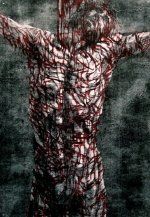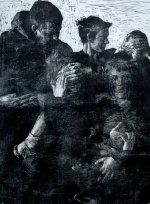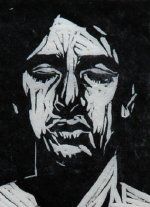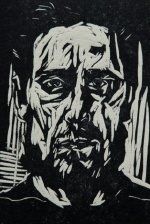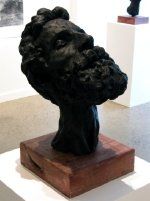

Slide title
Write your caption hereButton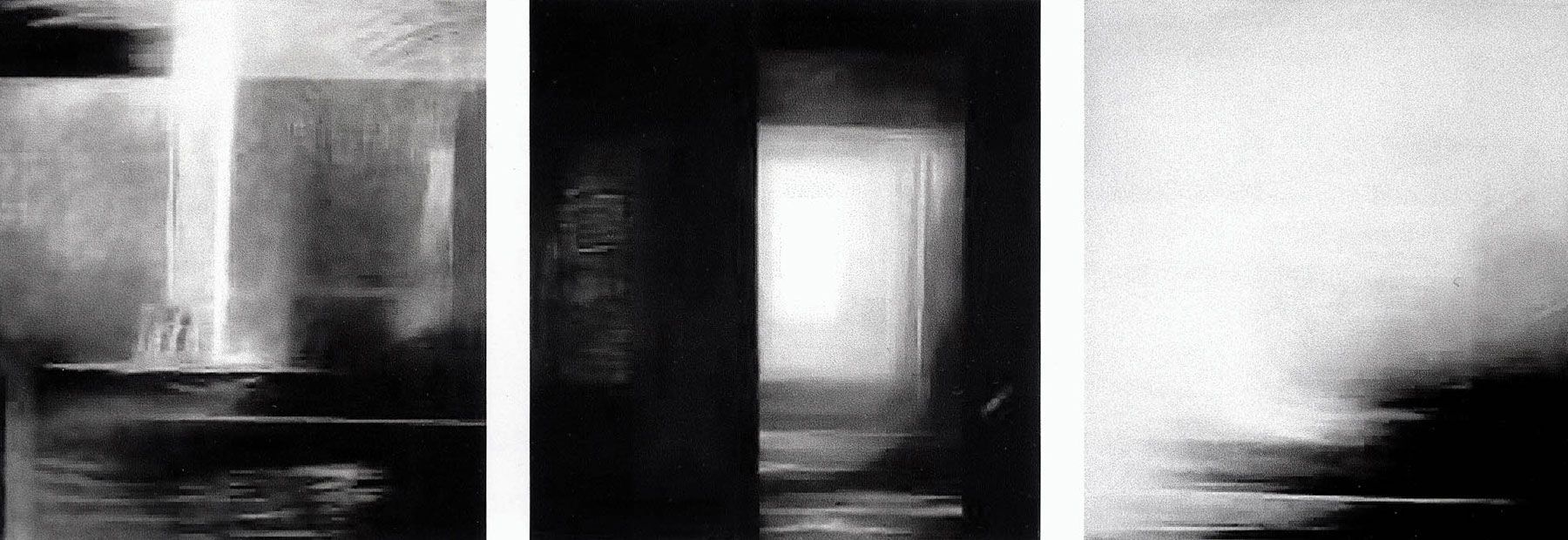
Slide title
Write your caption hereButton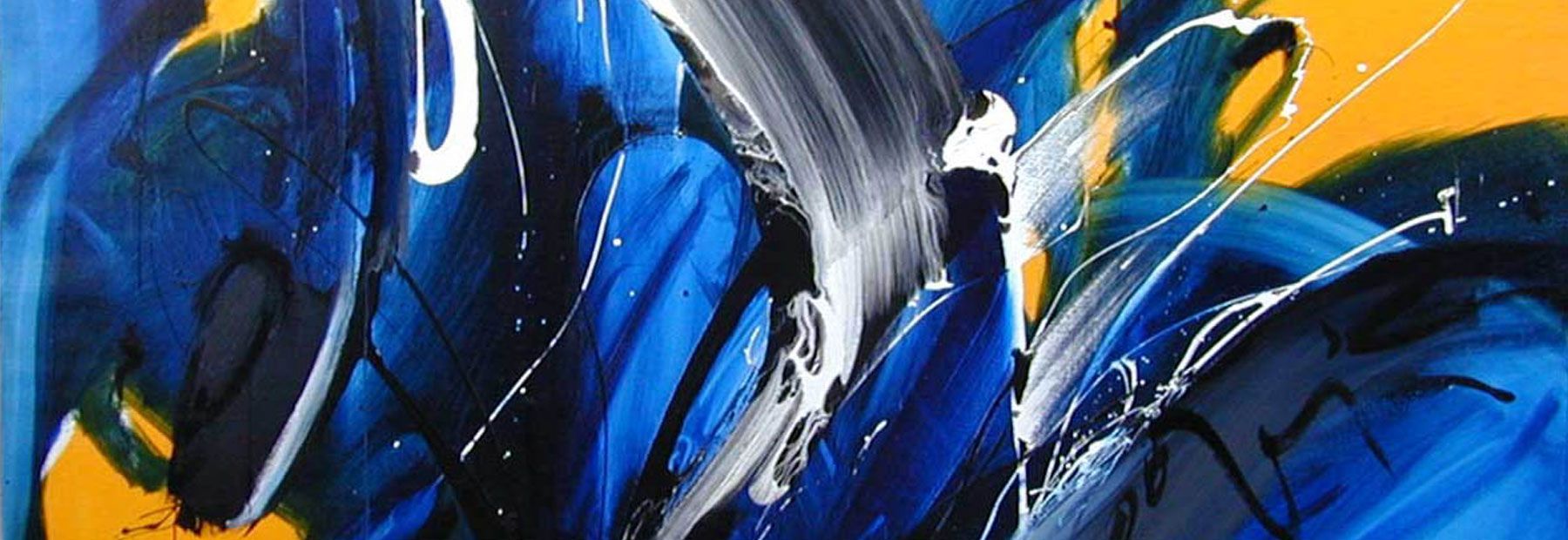
Slide title
Write your caption hereButton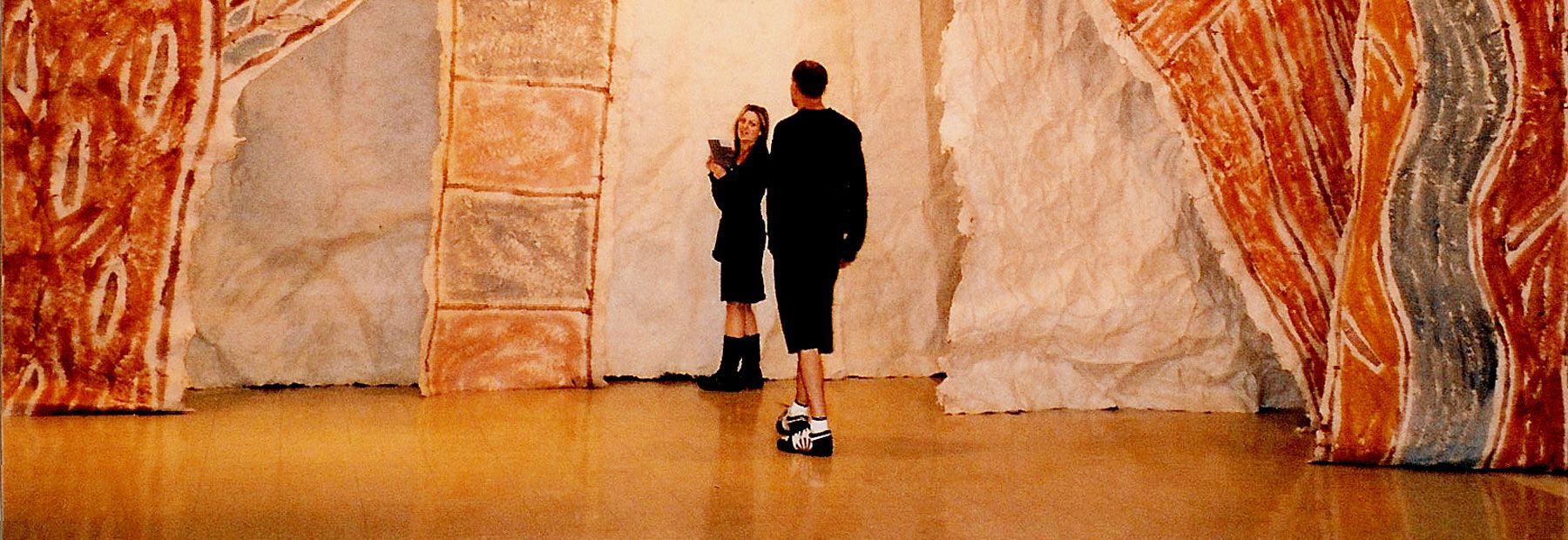
Slide title
Write your caption hereButton
Slide title
Write your caption hereButton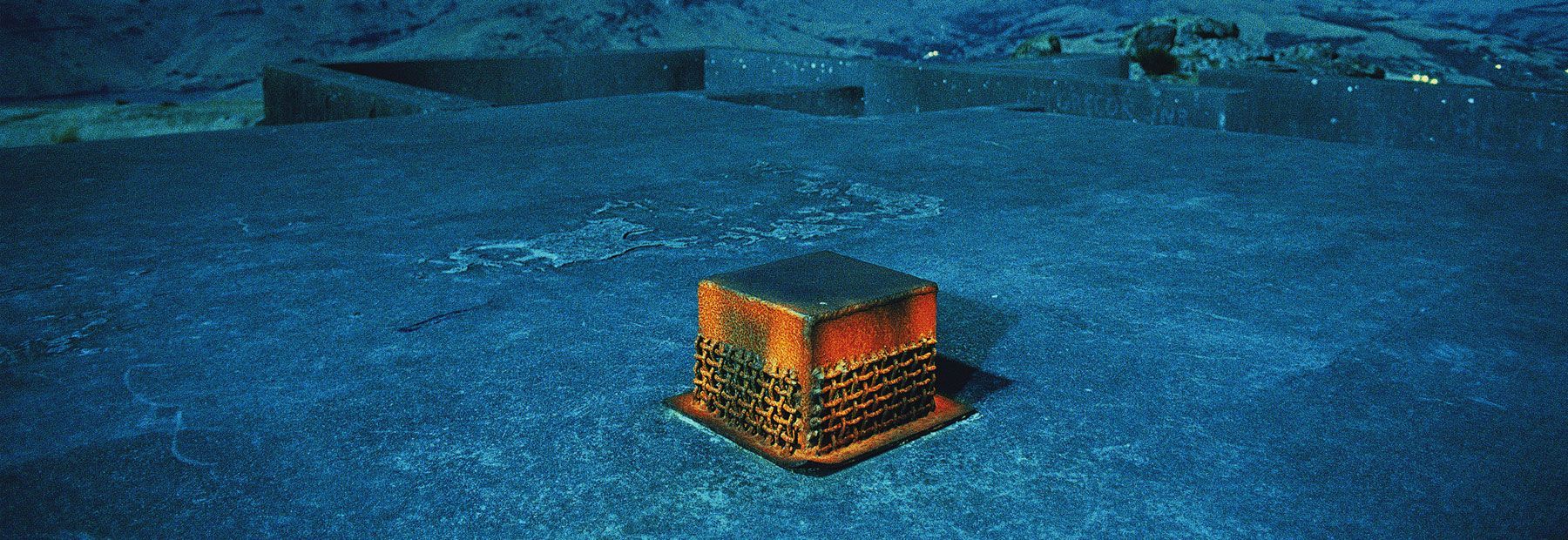
Slide title
Write your caption hereButton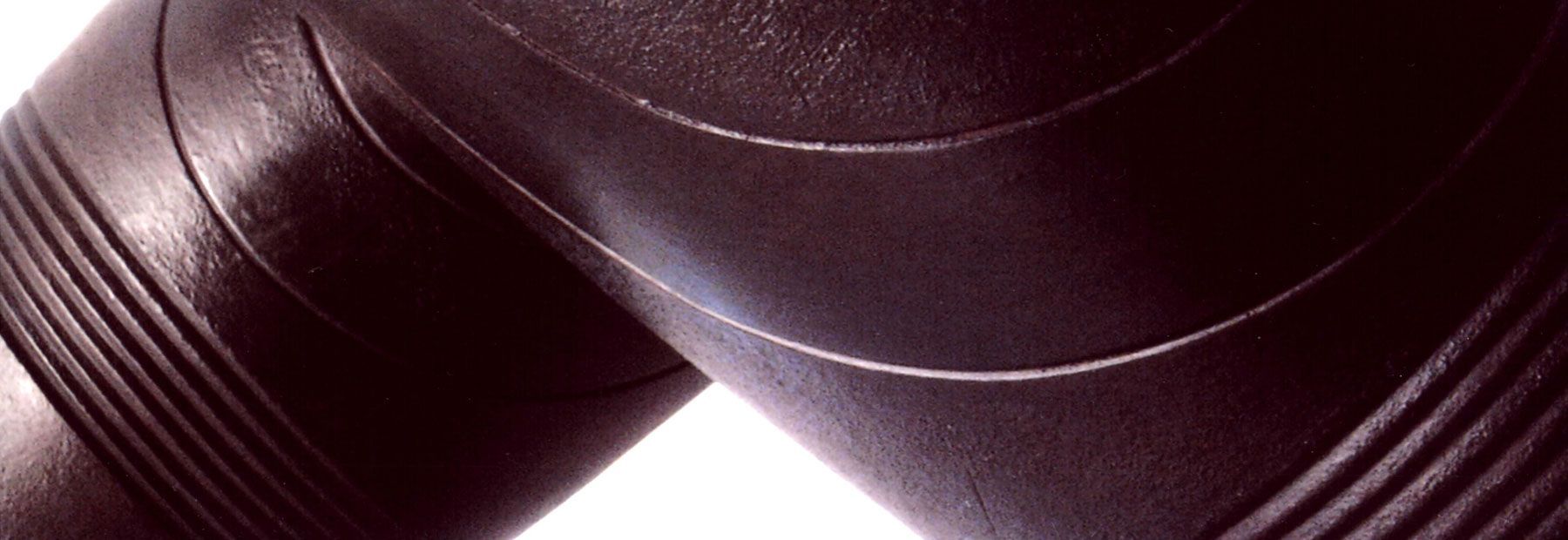
Slide title
Write your caption hereButton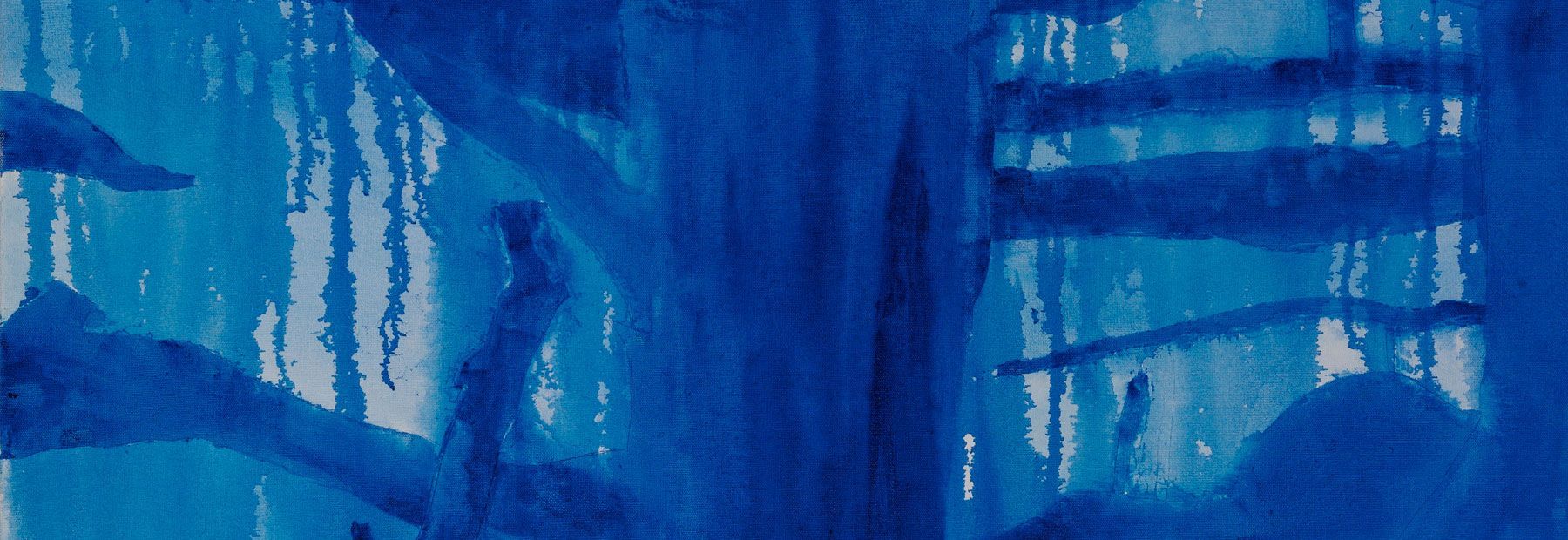
Slide title
Write your caption hereButton
New Woodcuts
A review of Sam Harrison's latest exhibition
Solander Gallery, Wellington
7 - 31 October
It is a rare privilege these days to encounter a body of work which, by its very methodical workings, defies our contemporary cultures taste for the instantaneous. By using the time honored and much ignored process of woodblock printing in particular, plus sculpture, Sam Harrison has bridged a huge gap in this show. A gap that encompasses not only technical expertise, but one that draws upon, to the point of re-inventing, biblical imagery and of how we relate to it.
While hinting at 16th century European traditions, there are several points of difference to note within these works. One is the close proximity of the figures, both in scale and literally. We have no distant backgrounds to wander in, compositionally and historically-speaking. The models used are people of our time. The glimpses of detailing emerging out of the darkness are undeniably 21st century, such as the child’s shoes and clothing in 'Cover Their Eyes'. Here there is a real sense of confronting a highly traumatic situation, as if in a news photo, that cannot fail to impact on the viewer. The reading of this particular work could be transposed onto witnessing many acts of perpetrated violence. However, given the fact that 'Red Christ' is situated nearby, the crucifixion immediately underpins this angst.
Sam’s deft workmanship utilizes the fine wood grain and knots, investing movement to hair, skin, muscles, and a variety of textures. However, this aspect was not carried through into the sculptured works. In this sense, they lacked the same emotional resonance but somehow asked the question of what do we expect from depictions of figures, or those viewed within a Christian context? Is it not their very humanity?
Here there are no illusionary props relegating faith themes into a distant past, only points of reference in treating biblical figures as ones we can relate to on a real and fresh level.
Written and reviewed by Rosalie Jurczenko.
